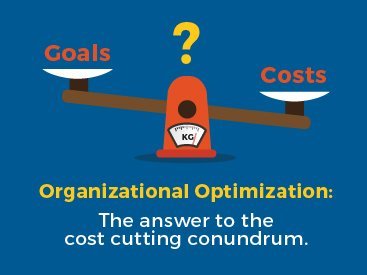Five Steps to Initiate Disruptive Innovation
A Focus on Innovation in the UAE.
Countries like the United Arab
Emirates are quickly transforming from oil-based to knowledge-based economies.
The numbers leave little room for doubt; knowledge-based industries and
services have grown in economies like the UAEs from 32.1% in 2001 to
approximately 37.5% in 2012.
These transitioning economies make it all the more important for companies to look at disruptive innovation. Countries like the UAE have established themselves as key players in various sectors including real estate, tourism and aviation, prompting businesses to adapt, as innovative thought and practices are increasingly being implemented in the region.
Defining Disruptive Innovation
A theory that was first coined by Harvard professor Clayton Christensen, disruptive innovation explains the phenomenon by which an innovation transforms an existing market or sector. This occurrence typically happens when the introduction of simplicity, convenience, accessibility or even affordability challenges a market where complexity and high costs are the status quo. Disruptive innovation commonly takes place in niche markets that initially appear as unattractive or inconsequential to industry incumbents but are gradually redefined as a result of the new product or idea.
It is not uncommon for companies that place little value on innovation to get left behind. An all too familiar example is Nokia, a company that once dominated the cellphone industry and now lags behind, as companies like Apple and Samsung reshape the industry by disruptively innovating and outperforming competitors.
Managing for disruptive innovation involves the following steps:
1. Identify your Company's Key Markets
Reach a consensus with senior leaders on your firms priority markets. Whether abundant with opportunities or plagued with risks, priority markets need to be initially established and then segmented.
2. Decide which market segments are of utmost importance
Once the segments are identified they may need to be redefined based on the segmentation criteria that is established.
3. Analyze industry structure
After the most important segments are defined, it important to analyze each one in detail, using frameworks such as Porters 5 forces that analyzes the segment, its clients, suppliers, potential entrants and substitution products.
4. Identify what makes each player powerful
It is also important to carefully analyze each of the players in the industry. When looking at suppliers for example, the concentration of suppliers in the industry as well as the switching costs and differentiation should all be considered. The same strategy has to be applied to each constituent of the market forces.
Value streams also need to be identified. It is important to estimate how value is transferred from one player to another, and address the question of who is paying whom for what and how much. Public data can often reveal the intricate relations between different players and can reveal who is capturing the larger share of industry value.
5.Hypothesize on ways to disrupt the status quo
This step aims to establish methods or ways to understand how a dominant players claim to an industrys value can be decreased or increased. Whether it is through suppliers, clients, substitution products or potential new entrants, it is crucial to understand how each players relative power can be influenced.
Various team members need to thoroughly understand the industry structure. Once they understand how value is created in the industry, it creates a framework for more focused team work. Ideas for disrupting the industry in favorable ways should be gathered as well as ideas for new products, solutions, services or even clients. As the ideas are funneled, the most important ones can be selected to form the basis for innovation projects that can be eventually launched into action.
How we help
We help organizations to introduce innovative thought and practices through specialized innovation programs and enable them to leverage the benefits of open innovation and idea crowd-sourcing through online idea management solutions.














